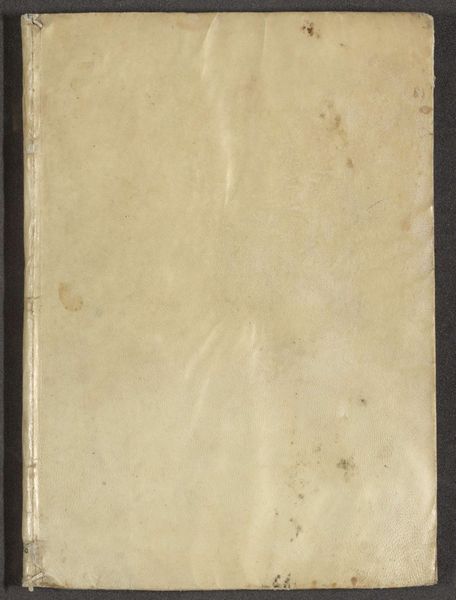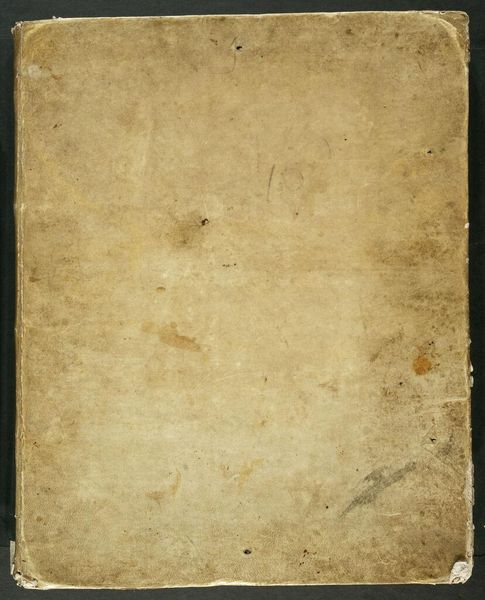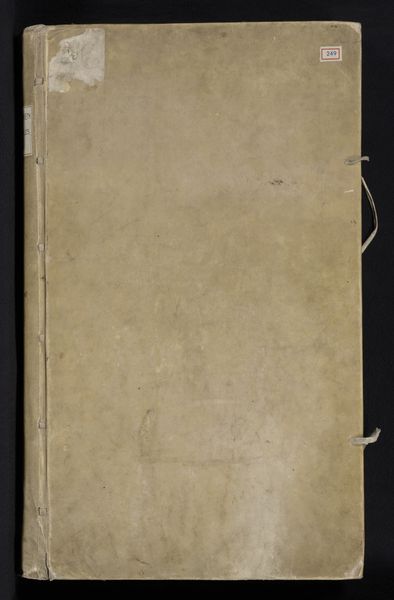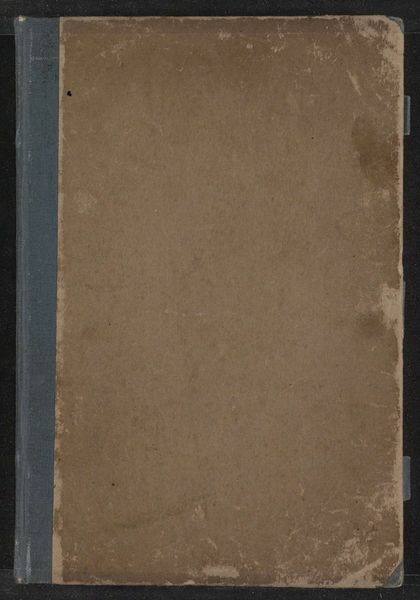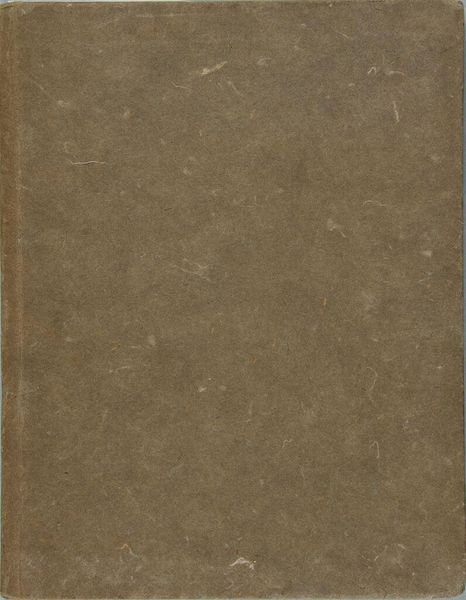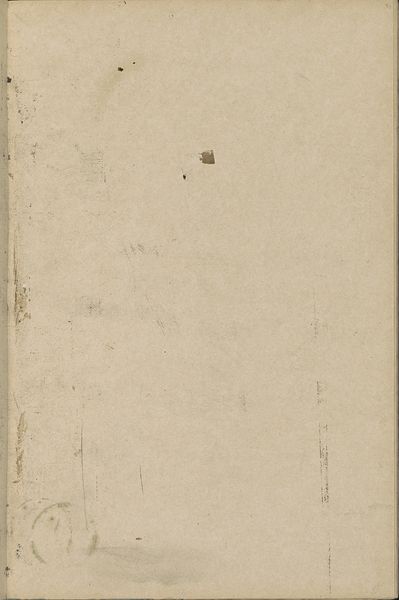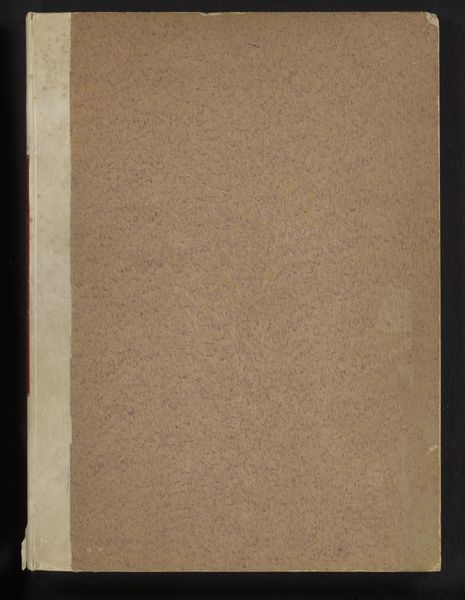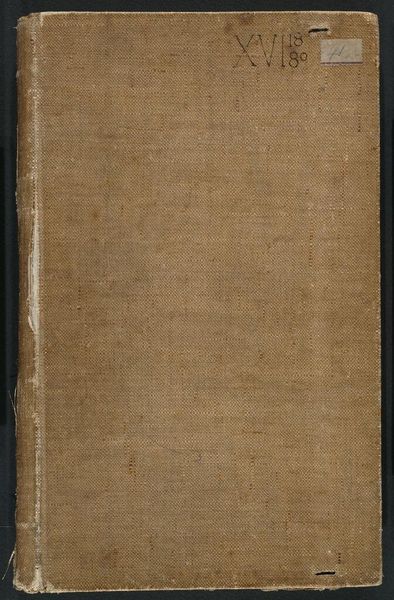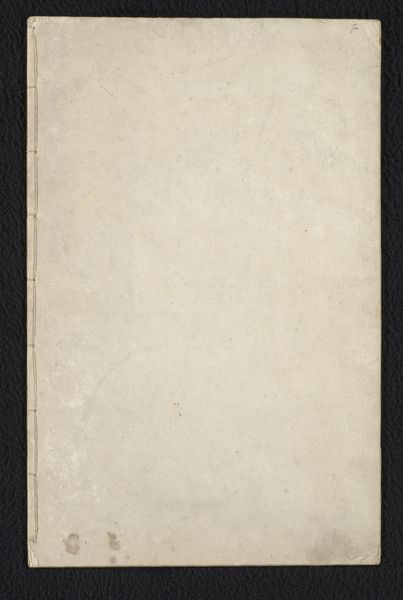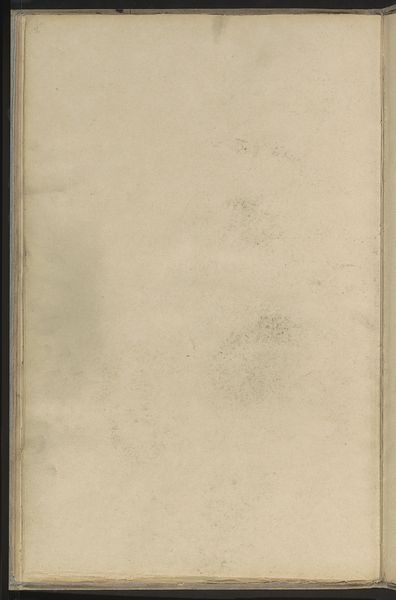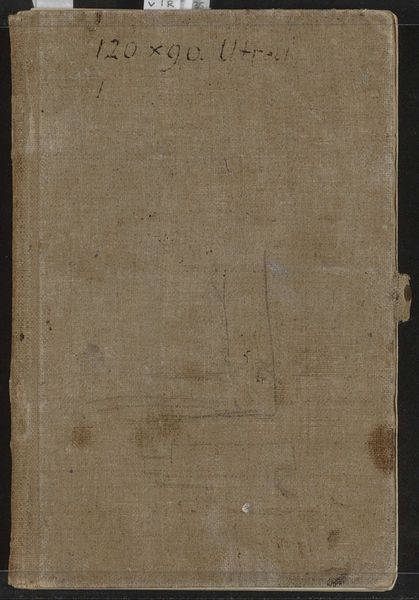
Omnium fere gentium nostrae aetatis habitus, nunquam ante hac aediti 1569
0:00
0:00
ferandobertelli
Rijksmuseum
print, paper, engraving
#
portrait
# print
#
paper
#
11_renaissance
#
engraving
Dimensions: height 275 mm, width 200 mm
Copyright: Rijks Museum: Open Domain
Curator: Well, here we are in front of an enigmatic piece, "Omnium fere gentium nostrae aetatis habitus, nunquam ante hac aediti," a print by Ferando Bertelli dating back to 1569. It resides here at the Rijksmuseum. Editor: It has the solemn gravitas of parchment, whispering tales untold, or perhaps deliberately concealed. The wear on the surface—it's almost as if it demands to be deciphered, like an ancient riddle. Curator: Indeed. As the title suggests—a rather verbose Latin declaration meaning "Costumes of almost all the nations of our age, never before published"—it presents itself as a document of global attire during the Renaissance. These costume books served as political tools, disseminating images of power and otherness throughout Europe. Editor: Costume books, as tools! So, more than just fashion plates? Was it more about displaying power, showing 'we know what they're wearing over there,' a sort of sartorial surveillance? Curator: Precisely! These weren’t anthropological studies. Consider the time – Europe’s encounter with the 'New World' fueled a ravenous appetite for imagery. Power resided in depicting and, implicitly, defining these other cultures. Editor: It gives me pause to think about who controls representation. When you say “other cultures”, that makes me wonder about this lens, the implied superiority... Curator: It is fraught with those complexities. This isn't merely an objective record, it is laden with the ideologies and biases of 16th-century Europe. The circulation of images like these played a role in shaping perceptions, justifying colonialism. Editor: Knowing this background reframes how I see the work. I initially saw the paper's distress and perceived its enigmatic silence. But now it feels like a loaded silence, carrying whispers of a turbulent history. Curator: Exactly. Understanding the politics of imagery, the power dynamics at play, allows us to see this print not just as a historical artifact but as an active agent in shaping historical narratives. Editor: So, it turns out that appearances are deceiving. There's much more to the history, and to Bertelli’s image, than what the eye immediately picks up. Curator: Always the case. And with this kind of perspective in hand, the paper begins to hum a very different tune indeed.
Comments
No comments
Be the first to comment and join the conversation on the ultimate creative platform.
